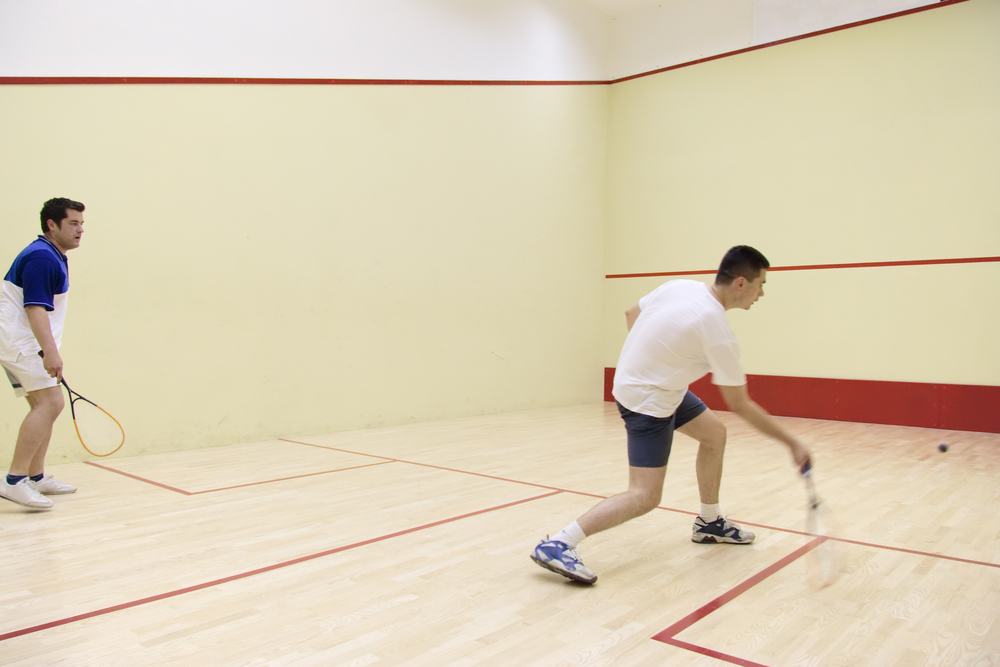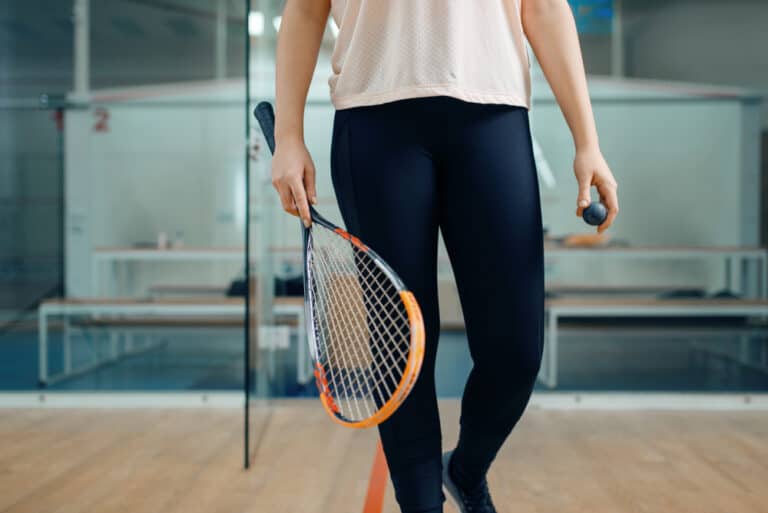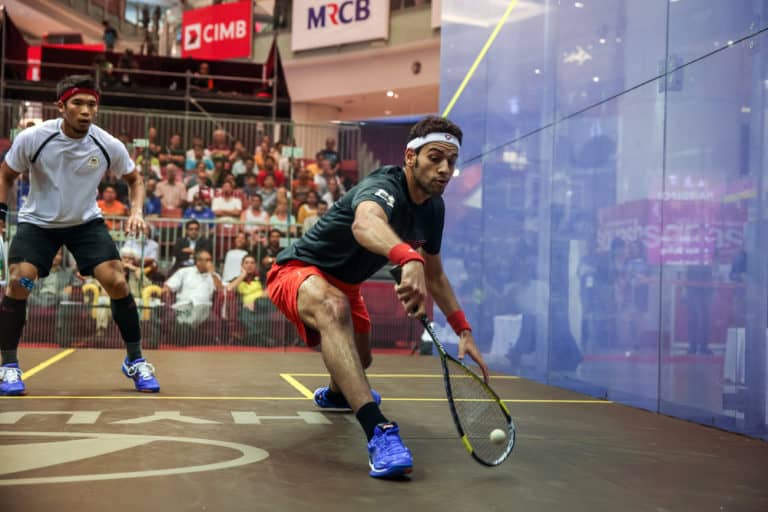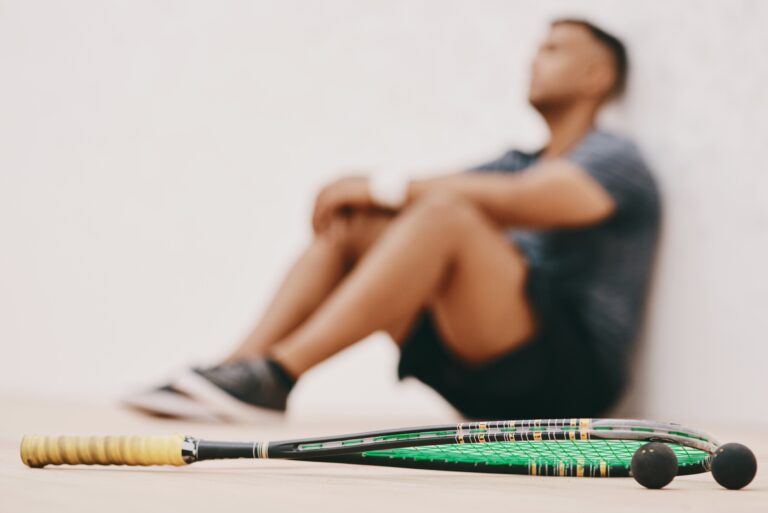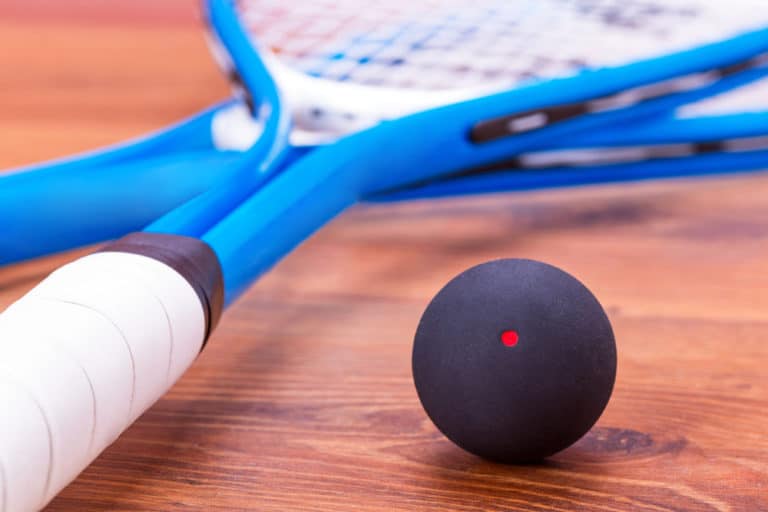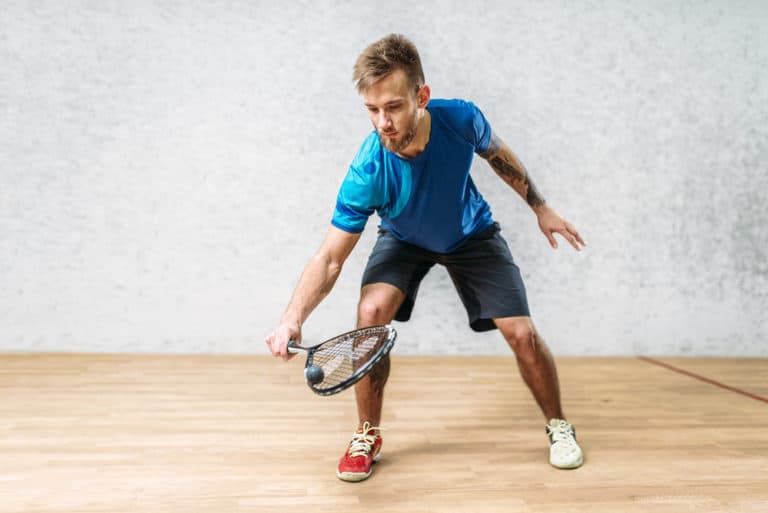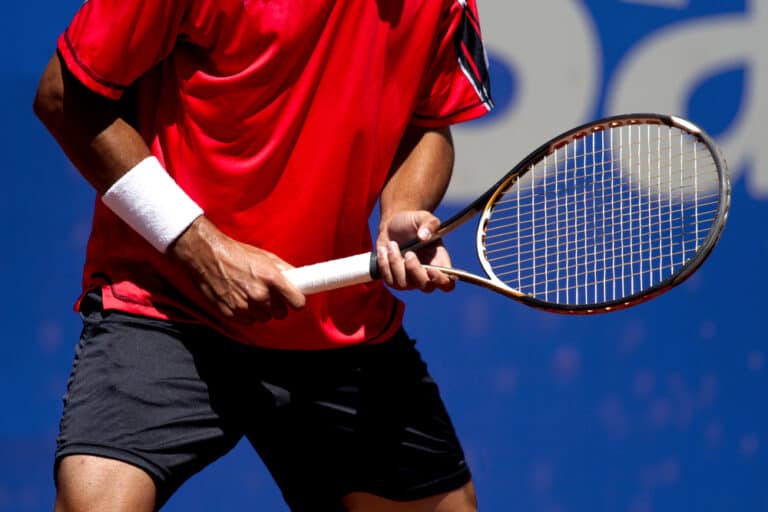Where Do You Aim When Serving In Squash?
Every serve in squash, as in all racket sports, is critical. Every serve can determine the outcome of the game, and every serve is the chance to come back from a points loss. Part of executing the perfect serve to take full advantage of it is knowing where to aim. This leaves many players wondering where the best place to aim a serve is.
When serving in squash, aim your serve placement according to your strengths and your opponent’s weaknesses. The best places to aim for a strong serve that is difficult to return are high on the front wall or deep center on the side walls. Serving across the body of your opponent also works well.
There are several types of serve in squash and many different places to aim the placement of a serve, each of which can significantly affect how your opponent returns the serve. Let’s explore the various ways to serve in squash and where to aim the ball to take full advantage of every serve.
Where Do You Aim A Serve In Squash?
Every squash player knows that mastering various serves and serving styles is critical, but not everyone knows where to aim when executing these serves. A good serve can be significantly hindered by incorrect placement or poor aim.
The reason why aiming and knowing where to aim is so difficult is that every type of squash serves must be aimed in a different location for maximum effectiveness, but it is also important to base your aim and serve placement on how your opponent plays how well they return serves.
With that said, there are some general serve placements that you can use when executing serves to achieve the most effective results.
Side-Wall Placement
Aiming for the side-wall for a serve creates a more difficult serve to return. This aim forces the opponent to react quicker, increasing the likelihood of mistakes you can capitalize on.
Aiming for the side-wall also increases the ball speed as it strikes multiple surfaces before reaching the player.
Side-wall placement usually forces the ball to hit the side-wall, floor, and back-wall, or the side-wall, back-wall, and floor before reaching the player.
This is always a safe serve placement and often results in scoring more points.
Front-Wall Placement
Another good place to aim when serving in squash is high on the front wall. This serve placement allows for much more power to be put into the serve, increasing the speed of the ball and making it more difficult to return.
The angle of your serve against the front-wall determines how many surfaces the ball hits before reaching the player. If you aim the serve well, you can make your opponent work far harder to reach the ball, making them more tired and increasing the likelihood of mistakes.
The Body Serve
The body serve the name given to a serve that aims across the body of the opposing player. Aiming here will force the opponent to play defensively and usually ends in them losing the serve.
Aiming across the body of your opponent is legal in squash, but be sure to use this serve sparingly, as it can lead to frustration on the court.
With that said, aiming across the body of the opposing player is a very effective serve placement that has won countless squash games.
Why Is Serve Placement So Important?
Serve placement is very important in squash, and where you aim your serves can make the difference between winning and losing, but what makes serve placement so critical?
Serve placement and aim is so important in squash because it determines how the opposing player receives the serve. If your serve is placed in an easy place to return from, the player will likely hit the ball back hard enough and with the right placement to reduce your chances of continuing the rally.
However, if you choose your serve placement carefully, it will make it far more challenging for the player to return it, which puts you on the front-foot for the game.
Serve placement is critical in squash; aiming in the right place is how squash matches are won.
How To Practice Serve Placement
Learning how to correctly aim a serve in squash is as critical as the aim itself. A squash player must be proficient in serve placement and accurate aim to serve well from anywhere in either service box to maximize the effectiveness of their serve.
The best way to master aim of squash is to practice. Get onto the court with a friend and practice serves back and forth. Take turns serving and returning serves with your friend to practice serving in different court locations and returning serves from these locations.
There is simply no better way to practice your squash serve aim than using this method.
Practice serve rallies like this significantly improve your serve aim in the shortest time possible, and train you to return serves that are hit in difficult placements.
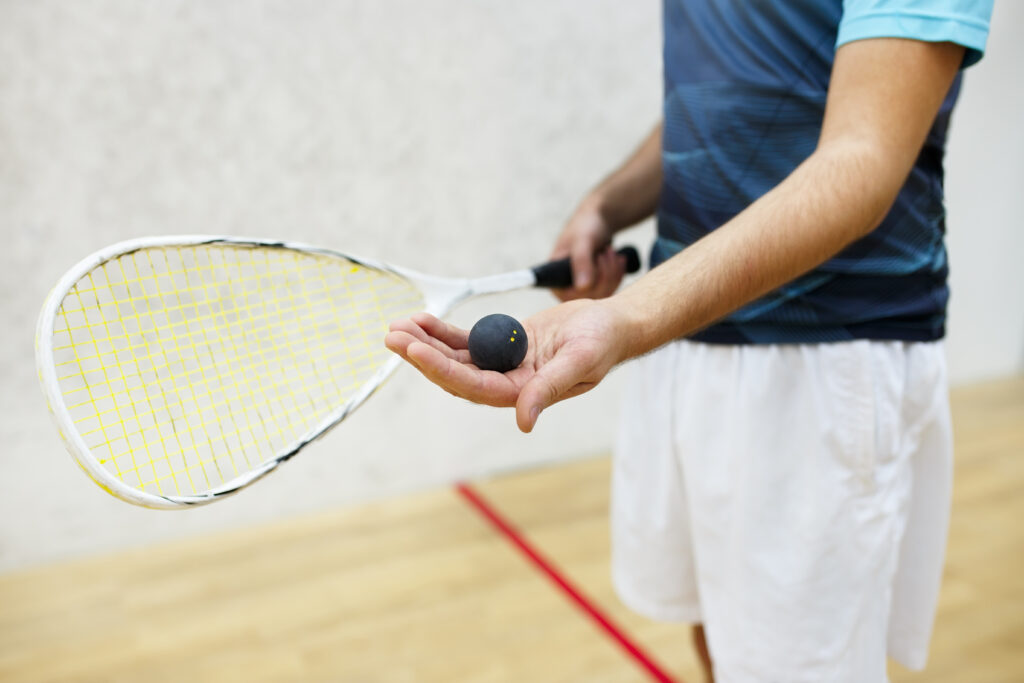
How To Use Serve Placement In A Squash Game
Serving well in squash is critical, and aiming serves well is as important, but how do you use the aim of a good serve to your advantage in a game?
The truth is that the best way to use the placement of a serve to your advantage is to learn to read your opponents and learn their playing style. Learning how your opponent reacts to serves is critical, as this will allow you to serve where they struggle to return.
Use aim placement to throw your opponents off balance, break their guard, and put them on the back foot for the game.
Every squash player has strengths and weaknesses, and learning to recognize them will show you where to place your serves to achieve the best results from your serves.
Conclusion
There are several places to aim when serving in squash, but serving against the side-wall, front-wall, and aiming across your opponent’s body is the best way to aim, as they can result in the most powerful and difficult-to-return serves.
Take the time to learn how to aim your serves well, and winning squash games will feel far easier. Learn to aim your serves in the right places depending on your opponent’s playing style, and you will be unstoppable on the court.

